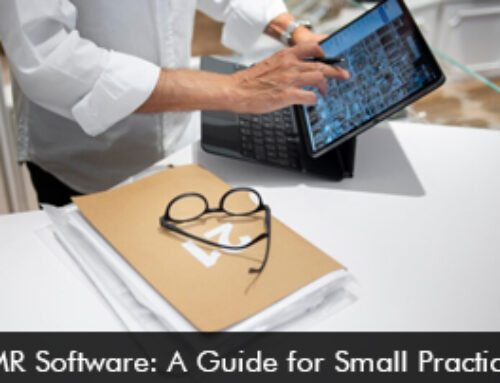According to a study published in Mayo Clinic Proceedings, the clinician burnout rate has reached a new high among healthcare providers in the US during the first two years of the pandemic after six years of decrease. The research was conducted by researchers from AMA, Mayo Clinic, and Stanford Medicine at consistent intervals between 2011 and 2021.
What is clinician burnout?
Clinician burnout is when the physician is experiencing a high degree of emotional exhaustion and a lack of sense of personal accomplishment at work. The high pressures and a work-life imbalance create burnout which can result in reduced quality of patient care.
Key findings from the study
The study revealed that physician burnout was higher in 2021 as compared to 2020. The burnout level in 2021 was 62.8% whereas in 2020 it was 38.2%. The studies that were conducted at intervals also found that clinician burnout was relatively higher in the United States.
The research also discovered that depersonalization scores and mean emotional exhaustion scores were higher in 2021 in analogy with the previous year. Average scores of depression also increased by 6.1% from 2020 to 2021.
The study also found out that providers practicing emergency medicine, family medicine, and pediatrics were at a high risk of burnout after adjusting for personal and professional characteristics.
The new data also suggests that the COVID-19 pandemic has increased emotional exhaustion in clinicians and aggravated women’s increased risk for clinician burnout.
Tips to combat physician burnout
When physicians experience burnout it can have serious consequences on patient care as there are greater chances of diagnostic errors. Healthcare organizations should take the right steps to reduce burnout among clinicians.
- Organizations should invest in leaders who engage, listen and lead the physician.
- Flexible work arrangements should be offered to keep mental and physical exhaustion at bay.
- Offering the right technical training. Many physicians may feel that the use of Electronic Medical Records (EMR) Software may add to their stress levels. However, with the right training doctors will feel confident to use the software system and help to streamline clinical and administrative workflows. It is also recommended to deploy intuitive EHR software which is easy to navigate.
- Reduce the burden of non-clinical activities.
- Address any inefficiencies without a delay.
When physicians are satisfied and they are not exhausted they will be in a better position to deliver high-quality patient care to enhance patient outcome levels.






